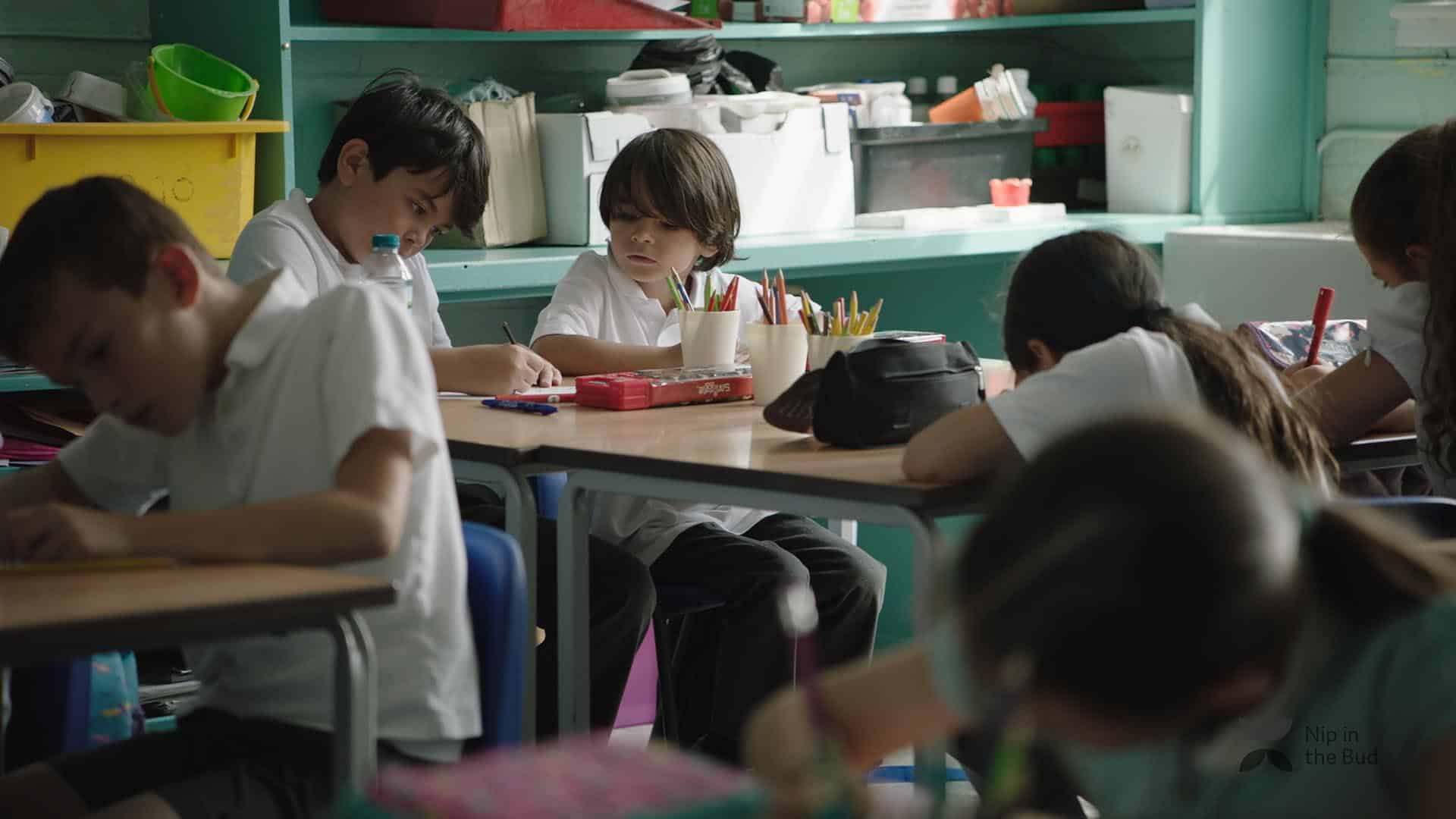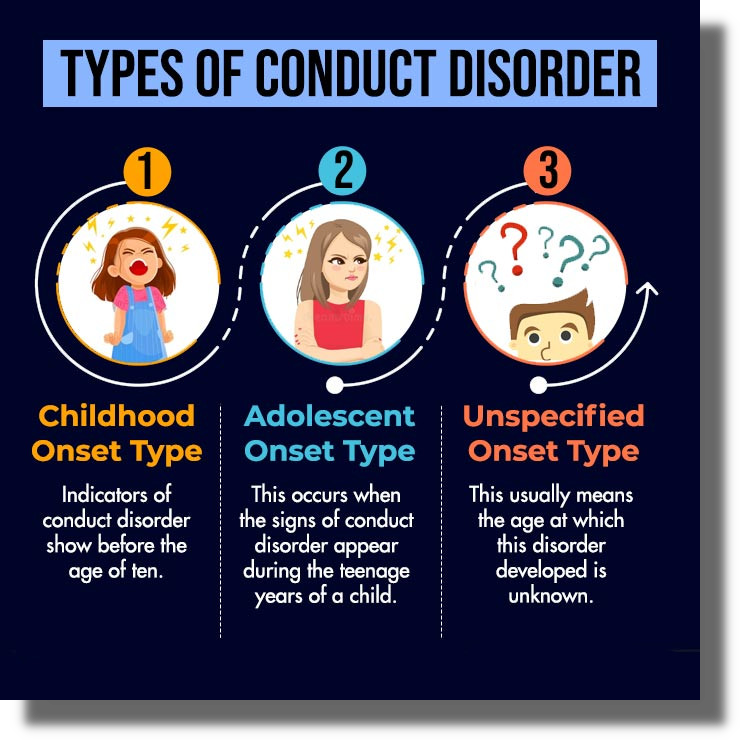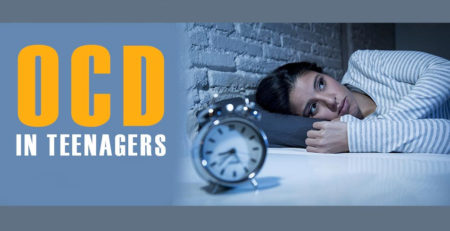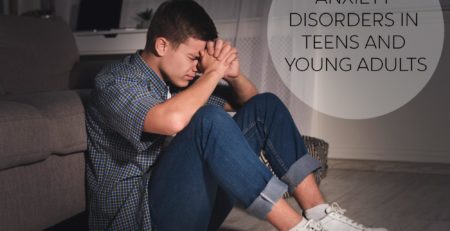Unraveling the Mystery of Teen Conduct Disorder: A Guide for Concerned Parents
Parenting teenagers can be a daunting experience, particularly when faced with the myriad of behavioral and emotional issues that can arise during this vulnerable and pivotal phase of life. One challenge that has increasingly become a hot topic of discussion among parents, educators, and mental health professionals is conduct disorder. This potentially devastating condition can strain family relationships and hinder a child’s overall development.
This article will shed light on the various aspects of teen conduct disorder, from its definition and symptoms to proactive measures parents can take to ensure their child receives adequate support and guidance.
Understanding Conduct Disorder
Conduct disorder is a mental health condition characterized by persistent aggressive, defiant, and disruptive behaviors in children and teens. These behaviors significantly impact a child’s daily functioning and go beyond the typical adolescent struggles with authority and rule-breaking.
Who does conduct disorder affect?
Strained relationships between children, teens and their families, peers, and authority figures can be complicated for all parties involved. Family strife at home can potentially cause a decrease in academic performance, with a higher chance of dropping out of school. Additionally, problems in other relationships may lead to further social issues through aggressive behaviors toward others or poor decisions made out of frustration. As such, those impacted by strained relationships must seek help from a trusted adult or external support services. Doing so could help young people manage their anger and stress healthily while improving communication and understanding now and in the future.
Conduct disorder is a mental disorder that affects children and adolescents.
Conduct disorder is a mental disorder that affects children and adolescents, typically manifesting in extreme antisocial behavior such as aggression towards others or destruction of property. It can also be characterized by deceitfulness, impulsiveness, and disregard for societal norms. This disorder can have emotional or physical etiologies, occurs more commonly in males than females, and may lead to problems with family relationships, academic issues, involvement with the justice system, and difficulty forming and maintaining friendships. Treatment of conduct disorder involves psychotherapy and medications designed to manage symptoms such as depression or irritability. Parental guidance is also essential in helping children affected by this disorder modify their behavior to become healthier individuals in society.
Conduct disorder is more common in boys than girls.
Conduct disorder is a severe psychiatric condition typically characterized by an ongoing disruptive and aggressive behavior pattern. This type of behavior often results in violations of the rights of others or significant age-inappropriate societal norms. However, it is essential to note that this disorder’s prevalence is more potent in boys than girls. Studies have shown that males are three to four times more likely to exhibit conduct disorder symptoms than females. Although the exact cause for this disparity remains unknown, research suggests hormonal differences between the sexes and environmental factors might play a role. It is, therefore, essential that anyone aware of conduct disorder symptoms among either gender receive any appropriate intervention as soon as possible.
Risk factors for conduct disorder include a history of abuse or neglect, exposure to violence, poverty, and having a parent with a mental illness.
Conduct disorder is a severe mental health issue with long-term consequences if not addressed during childhood and adolescence. Risk factors for developing this condition are varied and multi-faceted, from a person’s home environment to socioeconomic status. A history of abuse or neglect, exposure to violence, poverty, and having a parent with a mental illness have all been identified as risk factors for conduct disorder. It is also believed that family dynamics, temperament, drug abuse in the home, and gender are associated with an increased risk of developing the condition. To help reduce the likelihood of young people being affected by conduct disorder, parents and carers must pay attention to each of these risk factors and take steps to reduce or prevent them from coming into play during their child’s development.
Conduct disorder can lead to problems in adulthood, such as antisocial personality disorder, substance abuse, and depression.
Conduct disorder is a significant issue that can have a lasting effect on an individual’s life. It can lead to problems in adulthood, such as antisocial personality disorder, substance abuse, and depression. These after-effects will have a long-term, negative impact on the individual’s overall well-being. Therefore, it is essential to take preventative measures early on to reduce the risk of these issues manifesting or worsening in later life. Early intervention through therapy and psychological support can help to treat the underlying causes of conduct disorder, aiding in the prevention of any lifelong ill effects that might arise from unresolved issues.
Treatment for conduct disorder typically includes medication and therapy.
Treating conduct disorder can be challenging since it is an umbrella term for various behavior problems. Treatment typically consists of medication and therapy to help reduce the symptoms of conduct disorder. Medications are usually prescribed to treat associated mental health conditions like depression, anxiety, or attention deficit hyperactivity disorder (ADHD). Therapy is also essential in helping individuals understand why they are engaging in problematic behaviors and teaching people new ways to cope with their behavioral issues. Cognitive Behavioral Therapy (CBT) is one popular form of psychotherapy that helps treat conduct disorder by teaching patients how to respond differently to problematic situations rather than reverting to their old unhealthy habits.
Early intervention is essential for children with conduct disorder.
Early intervention is critical to the successful management of conduct disorder in children. Parents and guardians can create a safe environment for their children to develop healthy coping and communication skills by proactively addressing any behavioral issues. With guidance from trained professionals, families can work together to identify triggers, reduce problem behaviors, and create positive outlets for expression. Although it takes time and dedication, this type of intervention improves a child’s long-term mental health and creates stability for the entire family. Taking proactive steps early on is crucial for those facing a conduct disorder diagnosis in their children.
Parents can help their children by setting limits and providing structure.
Early intervention is critical to the successful management of conduct disorder in children. Parents and guardians can create a safe environment for their children to develop healthy coping and communication skills by proactively addressing any behavioral issues. With guidance from trained professionals, families can work together to identify triggers, reduce problem behaviors, and create positive outlets for expression. Although it takes time and dedication, this type of intervention improves a child’s long-term mental health and creates stability for the entire family. Taking proactive steps early on is crucial for those facing a conduct disorder diagnosis in their children.
Schools can also help by supporting and assisting children with conduct disorder.
Schools can offer a lot of assistance to children with conduct disorder, such as connecting them to mental health services and training teachers and staff members to be sensitive to the needs of students with this condition. Additionally, schools have an essential role in responding quickly and appropriately if a behavioral incident occurs – they should take steps such as talking with the student and possibly communicating with family or guardians before involving disciplinary action. Working collaboratively to understand the individual’s social and emotional needs is essential in helping them progress. Ultimately, schools can support children with conduct disorder by considering the person behind their behaviors, understanding that they may need more assistance than typical students, and creating positive strategies for managing their outbursts.
There is no one cause of conduct disorder, but it is believed to be caused by a combination of genetic and environmental factors.
Schools can offer a lot of assistance to children with conduct disorder, such as connecting them to mental health services and training teachers and staff members to be sensitive to the needs of students with this condition. Additionally, schools have an essential role in responding quickly and appropriately if a behavioral incident occurs – they sin such as talking with the student and possibly communicating occurs guardians before involving disciplinary action. Working collaboratively to understand the individual’s social and emotional needs is essential in helping them progress. Ultimately, schools can support children with conduct disorder by considering the person behind their behaviors, understanding that they may need more assistance than typical students, and creating positive strategies for managing their outbursts.

Symptoms and indicators of conduct disorder may include:
Violent and aggressive behavior, such as fighting, assaulting others, or animal cruelty.
Child violence is an issue that extends beyond the classroom and into our homes, communities, and society at large. Behaviors such as fighting, assaulting others, or animal cruelty can significantly undermine a child’s sense of safety and security within their family home and with their peers. While some typical childhood aggression is to be expected as children test out social boundaries and learn to control their own emotions – it is essential to set clear limits on violent or aggressive behaviors so that children can grow up to become respectful, responsible citizens. When children exhibit signs of aggressive behavior, they should be supported with positive approaches that reinforce acceptable behavior rather than using forms of punitive discipline; this will build a more understanding, compassionate world for all of us.
Destruction of property, either purposely or through reckless actions.
Prepubescent and adolescent destruction of property can cause severe economic, environmental, and social ramifications. Whether intentional or accidental, juveniles often find themselves accountable and harshly disciplined for the destruction they have caused. Damage to property ranges from lawn care destruction to graffiti; some more extreme examples could include setting fire to structures and damaging homes or vehicles. Parents and guardians must educate children on appropriate behavior early on to minimize their exposure to these types of situations before it is too late. Additionally, holding youth accountable for their indiscretions (even minor ones) demonstrates the importance of respecting other peoples’ space and possessions in an effort towards rooting out further destruction.
Frequent lying or deceit to obtain goods, favors, or to avoid obligations. When dealing with dishonesty or deceit among children and teenagers, addressing it promptly and directly is essential. After identifying the motives behind their behavior, explaining why lying or deception is no longer acceptable is necessary. In addition, providing alternative solutions to obtaining goods, favors, or avoiding obligations are also necessary for children to understand the repercussions of such actions. Being honest and truthful can also help build trust between yourself and your child or teenager, fostering an environment of open communication, understanding, and respect.
Frequent rule-breaking, stealing, or running away from home. Behavior like rule-breaking, stealing, and running away from home is a sign of trouble for children and teens. Being a rebellious teenager is often just part of growing up, but frequent rule-breaking or criminal activity should signal to parents that something might be wrong. Before taking any drastic measures, investigate the underlying cause of your child’s behavior: are they feeling misunderstood? Are they struggling with peer pressure or academics? A caring parent can make all the difference in getting to the root of the issue and addressing it effectively rather than simply punishing a child who may already feel alone and rejected.
Strained relationships with family, peers, and authority figures. Strained relationships between children, teens and their family, peers, and authority figures can be very difficult for all parties involved. Family strife at home can potentially cause a decrease in academic performance, with higher chance of dropping out of school. Additionally, problems in other relationships may lead to further social issues in the form of aggressive behaviors towards others or poor decisions made out of frustration. As such, those impacted by strained relationships need to seek help from a trusted adult or external support services. Doing so could help young people manage their feelings of anger and stress healthily while also improving communication and understanding both now and into the future.
Identifying the Risk Factors
While the exact causes of conduct disorder are complex and multifaceted, several risk factors have been associated with its development. These include:
1. Genetics: A history of mental health issues or conduct disorders in the family.
2. Environmental factors: Exposure to dysfunctional families, domestic violence, or substance abuse.
3. Brain development: Abnormalities in brain structures, particularly in areas that regulate impulse control, decision-making, and emotion management.
Support and Intervention: What Parents Can Do
If you suspect your teen may be exhibiting signs of conduct disorder, it’s crucial to seek professional help and resources immediately. Early intervention can play a substantial role in mitigating the long-term consequences of the disease. Here are some supportive measures you can take as a parent:
1. Consult a mental health professional: A qualified therapist, psychologist, or counselor can offer valuable insight into your child’s unique situation, provide a formal diagnosis, and suggest appropriate treatment options.
2. Establish a consistent routine: Consistent, predictable patterns can foster a sense of security and decrease anxiety, which may, in turn, reduce episodes of aggressive or destructive behavior. Aim to establish precise schedules, boundaries, and expectations with your teen.
3. Promote open communication: Maintain an open, safe, and trusting dialogue with your teen. They should feel comfortable discussing emotional or behavioral concerns without fear of judgment.
4. Encourage positive influences: Ensure your teen is surrounded by positive peers and role models who can inspire personal growth and responsible behavior.
5. Seek support groups: Connecting with other parents of children with conduct disorder can offer valuable insights, empathy, and encouragement as you navigate this journey.
Conduct disorder is a complex and misunderstood condition that can profoundly impact the lives of affected teens and their families. As parents, understanding the signs, risk factors, and available resources is crucial for providing the necessary support and facilitating positive change. Remember, early intervention is critical – the earlier you address your teen’s conduct issues, the more promising the outcome.
Contact us today at 816.819.5166 or schedule your appointment online.












